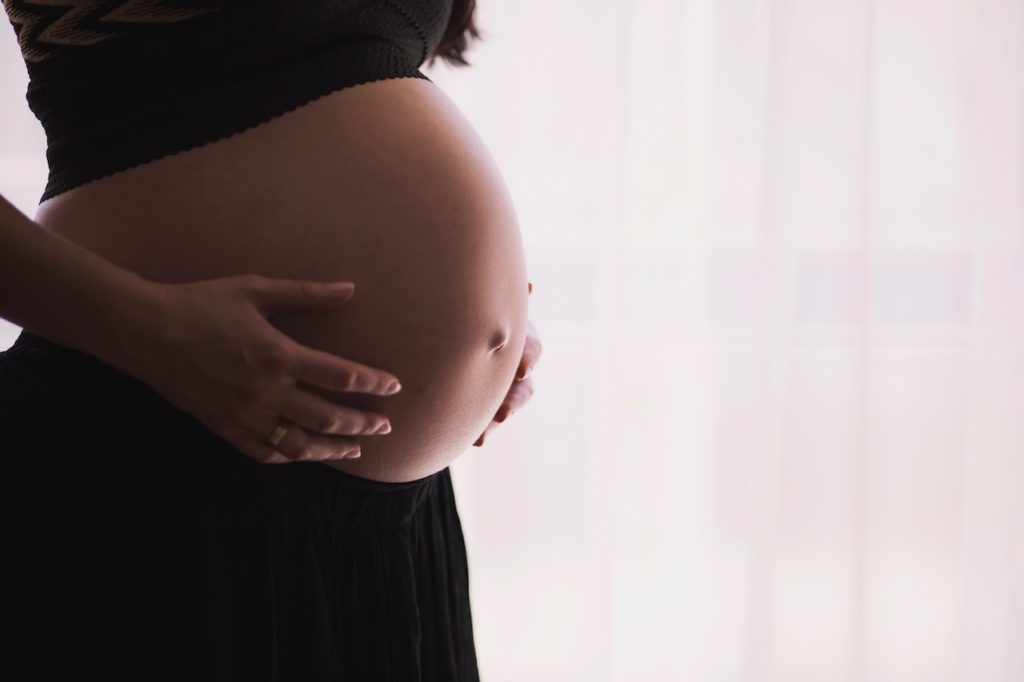Pregnancy induced conditions
Pregnancy-Induced Conditions: Symptoms, Risks, and NHS Management
Welcome to the mothernity guide on pregnancy-induced conditions, symptoms and risks UK. Learning you have a pregnancy complication can be worrying, but early detection and swift medical management are key to positive outcomes. This resource provides clear, non-alarming facts on common conditions, ensuring you understand the signs and know when immediate action is necessary.
Our Content Promise & Safety Disclaimer
IMMEDIATE MEDICAL DISCLAIMER: This guide discusses complex medical conditions. It is NOT a tool for self-diagnosis or self-treatment. This content has been rigorously reviewed for factual accuracy, but always contact your midwife or maternity assessment unit immediately if you experience any concerning symptoms.
Gestational Diabetes
Gestational Diabetes Mellitus (GDM) is diagnosed when high blood sugar develops during pregnancy and usually disappears after birth. This is a common, manageable condition, but it requires diligent monitoring.
Understanding Symptoms and Risk Factors
GDM often presents with no noticeable symptoms, making routine testing a vital part of your antenatal care. However, some women may experience increased thirst, a dry mouth, or fatigue. Risk factors are often linked to pre-existing conditions or family history. Your risk is generally higher if you have a high BMI, previously had a large baby (over 4.5kg), have a family history of diabetes, or are of South Asian, Black Caribbean, or Middle Eastern descent. If you have any risk factors, your midwife should offer you screening early in your pregnancy.
NHS Testing and Management
The standard diagnostic procedure used across the UK is the Glucose Tolerance Test (GTT), which is typically performed between weeks 24 and 28. If diagnosed, management focuses on stabilising your blood sugar through a combination of lifestyle changes (diet and tailored exercise) and, if necessary, medication or insulin. You will be referred to a specialist multi-disciplinary team to create a safe, personalised management plan. Management is crucial for preventing complications for both you and your baby during and after birth.
Gestational Diabetes
Pre-Eclampsia
Pre-eclampsia is a serious condition characterised by high blood pressure and protein in the urine, typically developing after 20 weeks. Its progression can be rapid, making prompt recognition of warning signs vital for maternal and fetal health.
Recognising the Warning Signs
Pre-eclampsia is dangerous because it can be asymptomatic, but vigilance is key. It is diagnosed by high blood pressure and the presence of protein in your urine. The most serious warning signs that require immediate medical attention are:
- Sudden, severe headaches that are not relieved by standard painkillers.
- Vision problems, such as blurring, flashing lights, or spots.
- Sudden swelling of the face, hands, or feet.
- Severe pain just below the ribs.
- Vomiting or feeling generally unwell late in pregnancy.
NHS Protocol and Management
Pre-eclampsia requires hospitalisation and close monitoring by medical professionals. The specific management plan depends on the severity of the condition and how far along you are in your pregnancy. This can range from medication to control blood pressure and steroid injections to mature your baby’s lungs, to the decision for an urgent or early delivery. If you suspect any of the warning signs listed above, contact your maternity unit or midwife immediately. Do not wait for your next appointment.
Pre-eclampsia
Pelvic Girdle Pain (Symphysis Pubis Dysfunction)
Pelvic Girdle Pain (PGP), often referred to as girdle pain, is common and usually not dangerous, but it significantly impacts daily life. It results from stiffness in the pelvic joints or the surrounding muscles.
Symptoms and Diagnosis
Pelvic Girdle Pain (PGP) is caused by the joints in your pelvis becoming stiff or moving unevenly, often linked to the pregnancy hormone relaxin. Symptoms typically involve stabbing or aching pain in the pubic area, lower back, hips, or thighs. The pain is usually aggravated by activities like walking, climbing stairs, or turning over in bed. Diagnosis is clinical: your midwife or GP will assess your posture and joint movement, referring you to specialised physical therapy.
Treatment and Physiotherapy
The primary and most effective treatment for PGP is referral to a specialist physiotherapist who can prescribe tailored exercises, massage, and manual therapy to correct the pelvic joint alignment. Treatment plans often include: supportive maternity belts, use of crutches for severe pain, and practical advice on modifying daily activities (e.g., keeping your knees together when moving in or out of a car). Early intervention is key to managing pain and improving mobility.
Pelvic girdle pain in pregnancy
Conclusion: Motherhood Made Easy
Being aware of pregnancy-induced conditions, symptoms, and risks UK helps you stay vigilant, but not fearful. Always trust your instincts: if something feels wrong, contact your maternity unit immediately.
Visit our Pregnancy Page for holistic advice | Visit our Labour & Birth for information on complications related to delivery.





